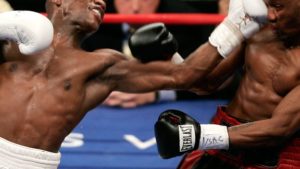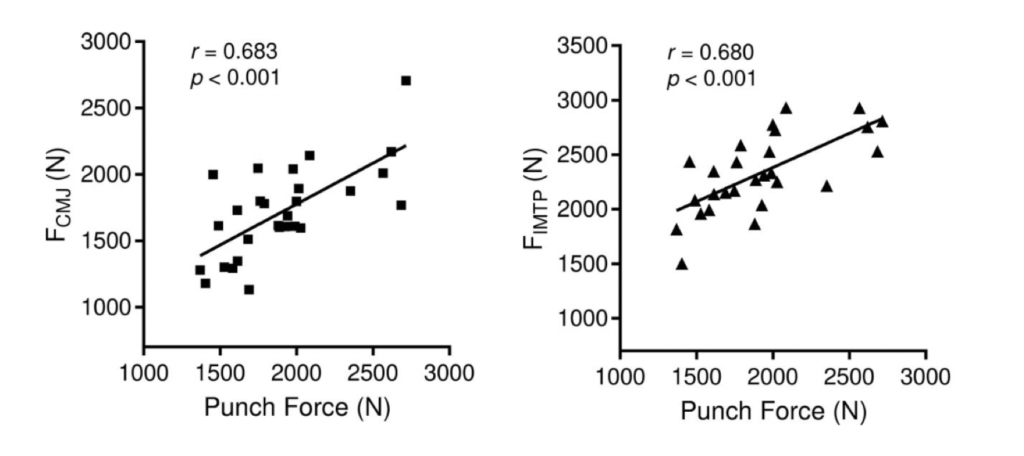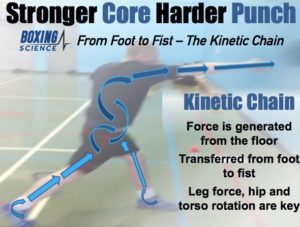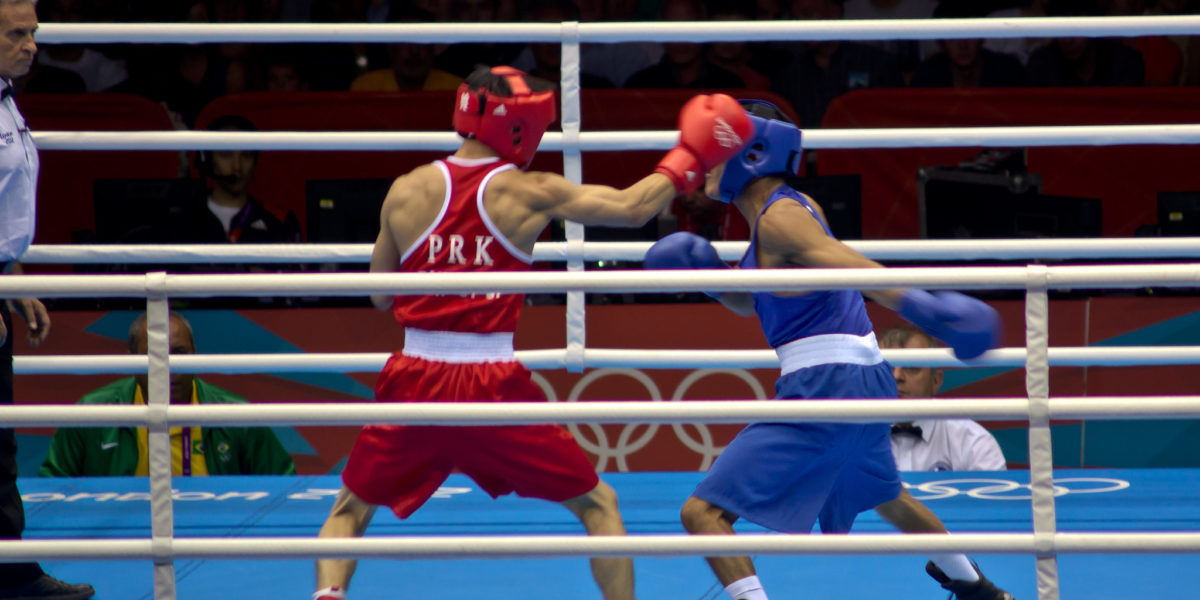Every sport has a different “ideal” body type, which is largely dictated by the muscle groups it focuses on training. Swimmers prioritize developing the muscles in their shoulders and backs, which allows them to propel themselves through the water with their arms. On the other hand, runners prioritize the hamstrings and quads in their legs, which allows them to generate greater force when pushing off of the ground. So, what is the ideal body type for boxing? Strength is clearly important when punching an opponent, but is it even the most important factor in boxing performance? Should either upper- or lower-body strength be prioritized over the other?

The overall goal in boxing is to either knock out your opponent with a single punch or land more punches in the scoring area than your opponent. One of the best ways to achieve the latter is by wearing down your opponent with powerful strikes to reduce their ability to retaliate. Therefore, hitting your opponent, and hitting them hard, is crucial within the sport of boxing.
First, let’s take a look at upper-body strength. Boxers execute punches by using muscular force to accelerate their arms, so it is easy to assume that arm strength is the most important factor in punch performance. However, this may not be the case. One of the most common upper-body strength exercises is the bench press, and research has shown that there is no significant correlation between the maximum weight a boxer can bench press and the force they deliver in a punch. While this may be surprising, the relationship between upper-body strength and punching actually comes down to speed rather than force. Based on data from both professional and elite amateur boxers, the maximum speed at which a boxer can bench press is indicative of improved punch performance. More specifically, professional boxers showed a strong relationship between the maximum velocity of their bench press and maximum punch velocity of their rear, or dominant, arm.
If upper-body strength does not indicate punch force, then does lower-body strength? A study of amateur boxers found a positive correlation between maximum punch force and lower-body strength measures, including countermovement jump (see video below) and isometric midthigh pull. In contrast to the upper-body exercises, the maximum force generated in lower-body exercises is more important for increasing maximum punch force than the speed at which the exercise is completed.


When executing a punch, a boxer gains forward momentum by pushing off of the ground with their legs. Through a kinetic chain, force moves through a boxer’s body from the floor to the foot, then through the legs and torso, and finally, to the arm and hand. This phenomenon is what explains why lower-body force is crucial to a boxer’s maximum punch force.
So, what does this all mean? How should boxers train in order to improve their punching performance? Most importantly, boxers should focus on their lower-body strength, as it is the most direct indicator of maximum punch force. While lower-body strength should be a primary training goal, exercising muscles within the upper-body, specifically while focusing on the speed of the movements, will also likely improve overall punch performance. We now know that developing strength is clearly beneficial in improving a boxer’s punch; however, brute force alone does not win a fight. Boxers should develop correct boxing technique through methods such as those suggested in this article, which will allow them to implement their new strength in the most effective manner.
For additional information on the impact of strength on athletic performance click here and here.
Featured image cropped from Olympic Boxing by Ian Glover licensed under CC BY-NC 2.0.
